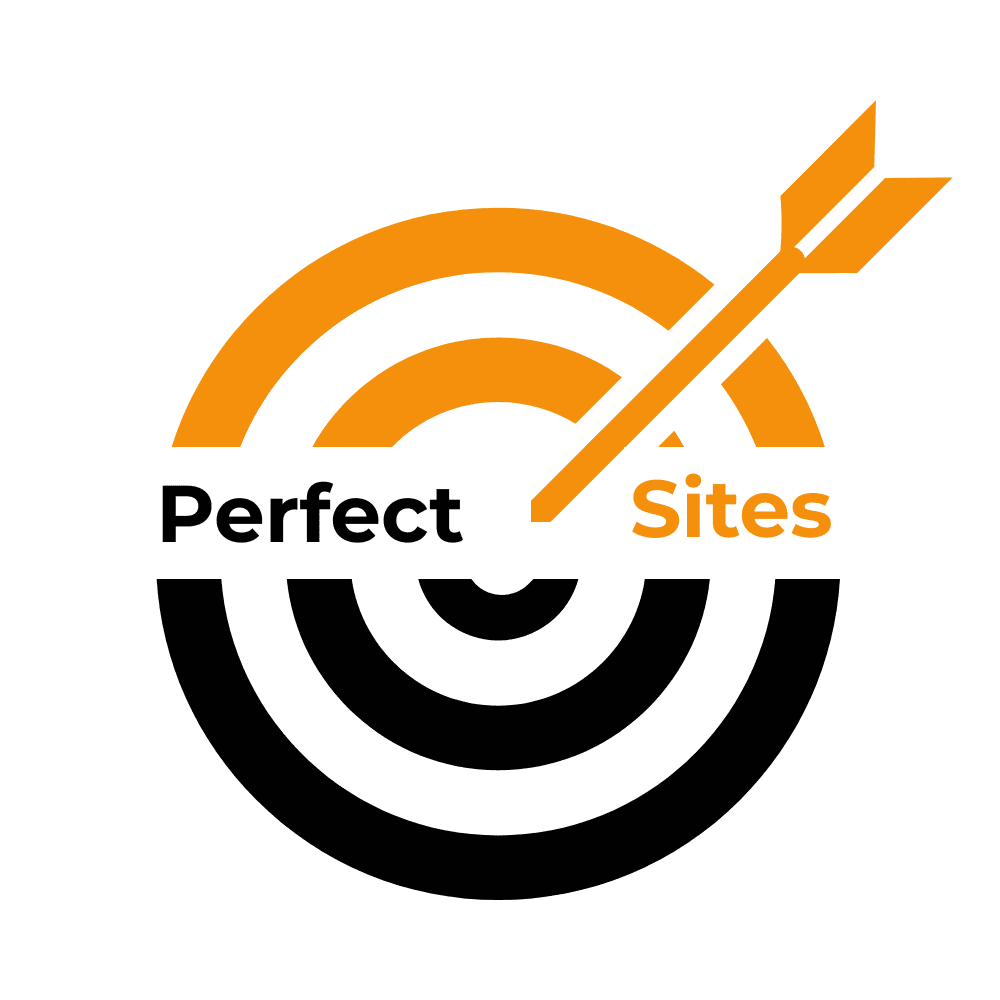Let’s be honest: launching a new business website sounds like one of those things you check off a list; like ordering business cards, or buying a decent office chair. But in a place like Chesapeake, Virginia, where neighborhoods feel like small towns and word-of-mouth still matters, your website isn’t just a box to tick. It’s your storefront, your sales pitch, and your first impression, all wrapped into one screen. And if it doesn’t feel like it belongs here—if it doesn’t sound like Chesapeake, look like Chesapeake, or show up when someone Googles “Chesapeake”—you’ve already lost half the game.
So, how do you build a site that actually works in this market?
You start from the ground up.
Let Google know where you are, and why it matters.
Chesapeake might be one city, but it’s part of the sprawling Hampton Roads region. Which means when someone’s searching for “plumber near me” or “best cupcakes in Chesapeake,” your site isn’t just competing with local businesses; it’s up against companies in Norfolk, Virginia Beach, and sometimes even Newport News. That’s why local SEO isn’t a nice-to-have; it’s the whole ballgame.
Here’s what that looks like in practice: embed a Google Map on your contact page. Use schema markup for local businesses so search engines don’t have to guess what you are. And create location-specific pages—yes, even if you only have one physical spot. A page titled “HVAC Services in Chesapeake” will do more for your rankings than a generic “Our Services” page ever will.
According to BrightLocal, 87 percent of consumers used Google to evaluate local businesses in 2022. Not Yelp. Not Facebook. Google. If you’re not showing up there, you’re invisible.
Mobile-first isn’t a trend; it’s the default.
You might imagine your customers browsing your site from a desktop, sipping coffee, clicking thoughtfully. Reality check: they’re probably thumbing through it on their phone while waiting at a red light on Battlefield Boulevard. Or scrolling during a soccer practice at City Park. Mobile traffic accounts for over 63 percent of web usage in the U.S., and that number’s not going down anytime soon.
So yes, your site needs to look good on a phone. But more than that, it needs to load fast, be easy to tap through, and not hide important info behind tiny menus. Run it through Google’s Mobile-Friendly Test. If it flunks, fix it. Otherwise, you’re just bleeding visitors.
Source: Statista
Design with Chesapeake in mind.
Here’s where it gets fun. Your website shouldn’t feel like it was pulled off a shelf. Chesapeake isn’t just a dot on the map; it’s a place with a personality. There’s water everywhere. There are kayakers and farmers markets and neighborhoods where people still wave from their porches. If your site could just as easily belong to a company in Phoenix or Pittsburgh, you’ve missed the mark.
So use local photos. Show off the Dismal Swamp Canal Trail. Mention local events or partnerships. Feature testimonials from Chesapeake customers. You’re not just designing a website; you’re telling a story that feels like home.
Conversion tools aren’t extras; they’re essentials.
A pretty site that doesn’t convert is like a fancy restaurant with no waitstaff. Looks great, but no one’s eating. From day one, your website should have clear, simple ways for visitors to take action. That means click-to-call buttons for mobile users. Forms that actually work. A chatbot that doesn’t feel like it was built in 2009.
And yes, track everything. Use Google Analytics 4 to see who’s visiting and what they’re doing. Set up conversion events in Google Tag Manager. If you don’t know what’s working, you can’t improve it.
Choose a CMS that fits your business—not just your budget.
WordPress is still the go-to for most small businesses, and for good reason. It’s flexible, well-supported, and plays nicely with SEO tools. But if you’re running an online store, or need a slick booking system, platforms like Shopify or Webflow might make more sense. The key is to pick something that won’t box you in six months from now.
And don’t skimp on hosting. A slow site is a dead site. Choose a provider with East Coast servers, like SiteGround or WP Engine, to keep latency low and load times snappy for your local audience.
Accessibility isn’t optional anymore.
You know what’s worse than losing a customer? Getting sued by one. ADA compliance isn’t just about being a good digital citizen; it’s a legal requirement. And yes, even small businesses are getting hit with lawsuits for inaccessible websites.
Use the WAVE tool to audit your site. Make sure your images have alt text. Your colors have enough contrast. Your site works with a keyboard. These aren’t bells and whistles; they’re the basics.
More on this from ADA Title III News & Insights.
Don’t launch and disappear. Market like you mean it.
Once your site’s live, the work isn’t over. It’s just beginning. Claim and optimize your Google Business Profile. Get listed in local directories like Yelp Chesapeake or the Chamber of Commerce site. And run some hyper-local ads; Google Ads with tight geo-targeting, or Facebook campaigns aimed at specific zip codes.
If you’re opening a new location, promote it. If you’re offering a seasonal service, shout about it. A good site is only as useful as the traffic it gets.

